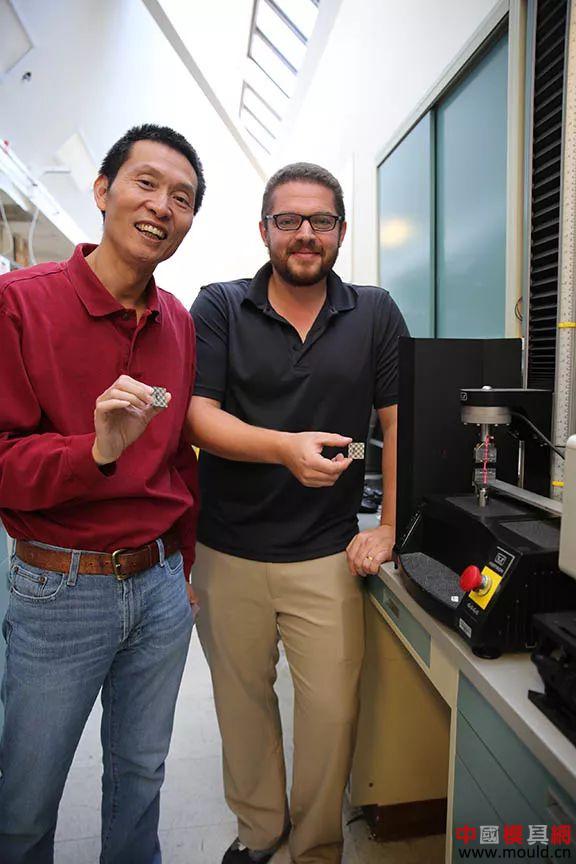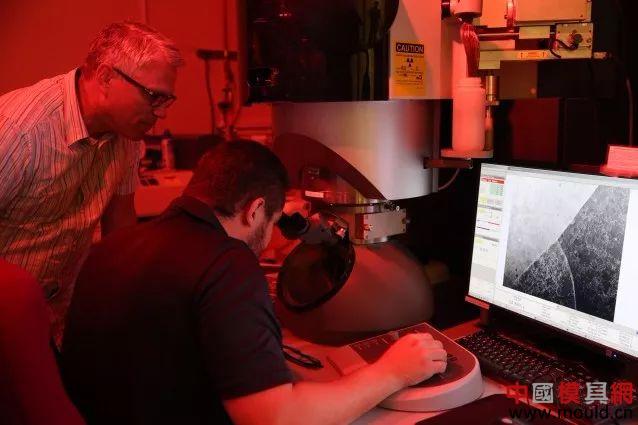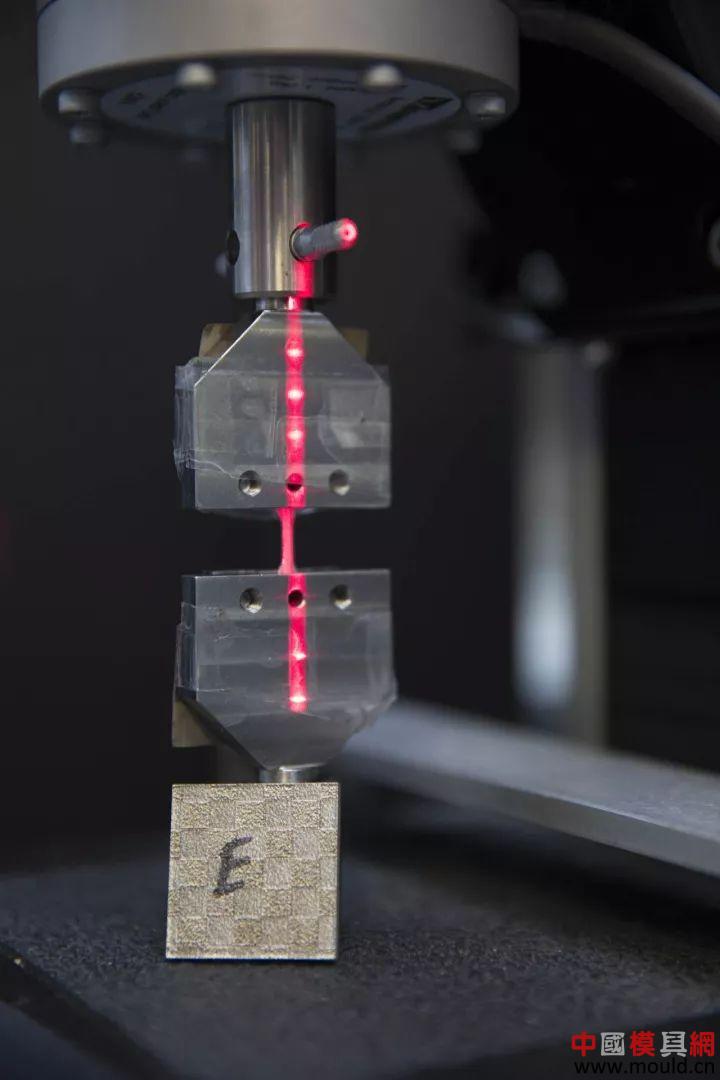3D printing is gaining more and more attention in the industrial manufacturing industry, but even a lot of manufacturers who are optimistic about 3D printing technology are optimistic about the shape of the products that can be achieved by 3D printing, but feel the mechanical properties that 3D printing can achieve. doubt. Stainless steel was invented nearly a hundred and fifty years ago and is still very popular today. It is made by melting the steel itself with a combination of iron and carbon (sometimes other metals such as nickel) and adds chromium and molybdenum elements to prevent rust and corrosion. Chromium promotes the passivation of the steel and keeps the steel stable and passive. With the increase of molybdenum content, the high-temperature strength of the steel increases, such as long-term, creep and other properties have been greatly improved. Metal processing is a profound knowledge in the field of metallurgy, and a series of complicated cooling, together with heat treatment and rolling steps, make the material have a close-packed alloy grain structure and a thin boundary microstructure between the particles. When the metal is bent or stressed, cracks are easily generated, but strong boundary effects can prevent these cracks from occurring, making the material more robust while still having enough flexibility to form the desired shape. 3D printing researchers have long tried to make stronger metal parts. Through the powder bed selective metal melting technique, a computer-controlled high-power laser beam moves back and forth on the metal surface. The laser-melted particles hit and fuse together, and then the powder bed is lowered to process another layer of metal powder. The newly melted material is bonded to the underlying layer. By repeating this layer-by-layer melting, engineers can build complex shapes such as rockets and aero engines. The problem is that under the microscope, these stainless steel parts are usually highly porous and easily broken. Finally, the American Lawrence Livermore National Laboratory (LLNL) combined with Georgia Institute of Technology and Oregon State University's Ames National Laboratory scientists to improve the mechanical properties of parts by changing the processing parameters and process control. By controlling the laser energy and adopting a rapid cooling process, researchers have obtained more dense parts processing results. Researchers have made "breakthroughs" in the field of 3D printing of 316L stainless steel, which is a common "marine-grade" stainless steel with a low-carbon composition. It is widely used in oil pipelines, engine parts and kitchen equipment, etc. It usually has low corrosion and high ductility. Excitingly, the tests show that the sturdy, wear-resistant 3D printed 316L stainless steel can provide higher levels of strength and ductility than other forms of steel, making it useful for chemical equipment, medical implants, engine parts, and the need for it. Various other applications where the device has excellent physical properties. Now, researchers not only apply this process control process to the machining of stainless steel, but also to other metal materials. 3D Science Valley understands that they can make 3D printers build small wall unit structures at different scales that can prevent cracks and other common problems from occurring. Tests have shown that under certain conditions, the strength of these 3D-printed stainless steel parts is three times that achieved by traditional manufacturing processes, and this finding was also published in Nature Materials*. Rahul Panat, a mechanical engineer at the University of Pennsylvania's Nello Mellon University, said that the discovery of the Lawrence Livermore National Laboratory (LLNL) in the United States is very exciting. In addition, Panat and his colleagues are using this method to produce stronger metals through commercially available 3D printers. The availability of this high-strength stainless steel can make 3D printing technology not only used in the aerospace industry to manufacture aircraft fuel tanks, but also can be used in nuclear power plants to manufacture high-strength pressure pipes. 3D printing is the most easily remembered by the industry as being free from mold and the freedom of design that is released. The improvement of the material preparation technology realized through 3D printing is an area that is easily overlooked by the current business community. Fortunately, many research institutes around the world are conducting research to improve material properties through 3D printing technology. These research results will further expand the market application space for 3D printing and stimulate the market growth of metal 3D printing technology. With the improvement of equipment processing technology, coupled with the cooperation of materials and the rationalization of prices, metal 3D printing is bound to become wider and wider in the field of industrialization. For the processing and application side, to meet this wave of technology, understanding the metallurgical processing of metal 3D printing becomes a compulsory course. ANPING COWAN WIRE MESH & MACHINES CO., LTD , https://www.cowanfences.com

